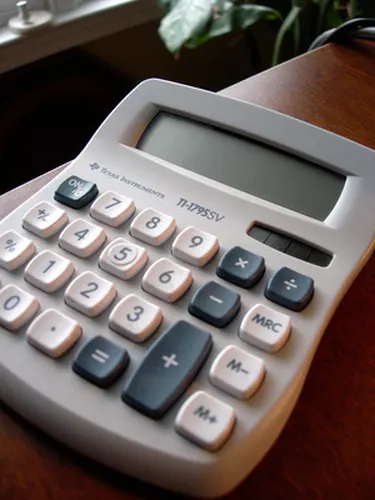
Depreciation is the decrease in the value of an asset over time due to its wear and tear, new technology or market conditions. Most fixed assets, such as machinery and equipment, depreciate or decline in value over time and become obsolete in a few years, after which they must be replaced. When an organization buys a new asset, its cost must be spread out over the number of years the asset is likely to be used. The part of the cost of the asset that is used up in each accounting period is recorded as depreciation expense on the Profit and Loss Account.
In India, the methods and rates for depreciation are governed by law under the Companies Act, 1956 and the Income Tax Act. The two main methods of calculating depreciation are the Straight Line Method and the Written-Down Value Method. The choice of method depends on a number of factors, including legal requirements, the type of asset and current business conditions.
Video of the Day
Video of the Day
The Straight Line Method is simpler and more popular than other methods. It provides the same or fixed amount of depreciation for each year of the useful life of the asset. This is often expressed as a fixed percentage of the original cost of the asset. Under the Written-Down Value method, a fixed percentage is applied on the written-down value of the asset; the depreciation amount will be highest in the first year and decline over the useful life of the asset.
Estimate Initial Cost, Useful Life and Residual Value
Step 1
Calculate the initial cost of the asset. The initial cost is the cost of acquiring the asset plus the other costs for making it operational, such as taxes, freight and installation.
Step 2
Estimate the useful life of the asset. Useful life is the period of time over which the asset is expected to be used before it needs to be replaced. The useful life can also be the number of production or similar units expected to be obtained from the use of the asset.
Step 3
Estimate the residual value or salvage value of the asset. Residual value is the amount you expect to receive from the disposal of the asset after its useful life. Like the useful life, estimating the residual value requires some judgment, since it may not be possible to precisely know what an asset is likely to be worth at the end of its useful life.
Use the Straight Line Method
Step 1
Calculate the depreciable base by subtracting the estimated residual value from the initial cost of the asset. For example, if the initial cost of the asset is Rs. 50,000, and the residual value is expected to be Rs. 5,000, the depreciable base would be Rs. 50,000 minus Rs. 5,000, or Rs. 45,000.
Step 2
Divide the depreciable base by the useful life of the asset to get the annual depreciation amount. If the estimated useful life of the asset is 15 years, then the annual depreciation amount is equal to 45,000 divided by 15, or Rs. 3,000.
Step 3
Calculate the rate of annual depreciation by dividing the annual depreciation by the initial cost of the asset and multiplying that number by 100. As per our example, 3,000 divided by 50,000 times 100 is equal to 6 percent per year.
Use the Written-Down Value Method
Step 1
Calculate the annual depreciation amount by multiplying the rate of depreciation by the written-down value of the asset. For the first year, the depreciation rate will be multiplied by the initial cost, since the asset has not been depreciated yet, so there is no written-down value. Using a depreciation rate of 6 percent, the depreciation amount for year 1 equals 6 percent of Rs. 50,000, or Rs. 3,000.
Step 2
Calculate the written-down value of the asset. The written-down value is calculated by subtracting the depreciation per year from the (new) value of the asset. Rs. 50,000 minus Rs. 3,000 equals Rs. 47,000.
Step 3
Calculate annual depreciation for the second year based on the new or written-down value of the asset: 6 percent of 47,000 equals Rs. 2,820. The new written-down value will now be Rs. 47,000 minus Rs. 2,820, or Rs. 44,180. The annual depreciation for the third year will now be calculated as 6 percent of Rs. 44,180, and so on.